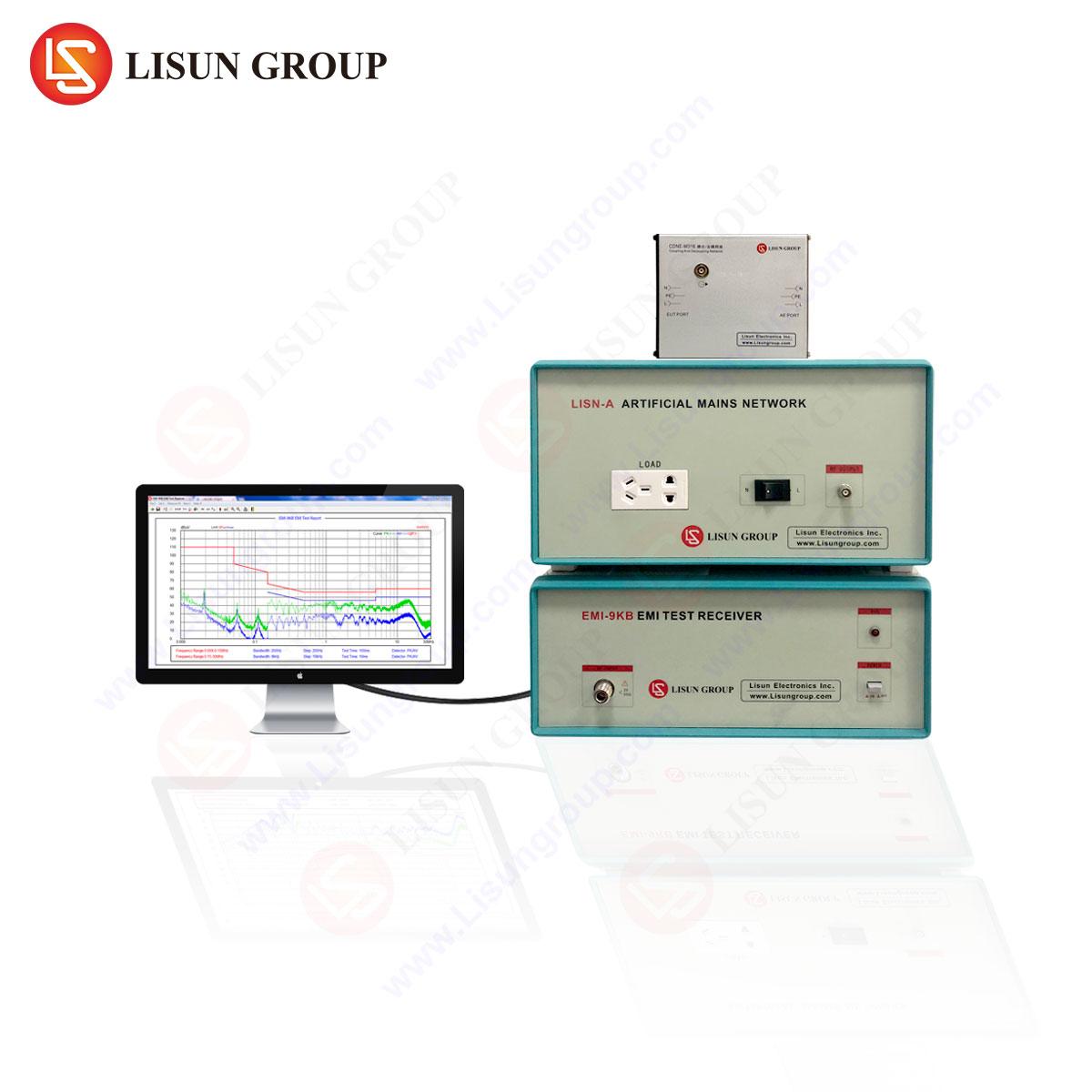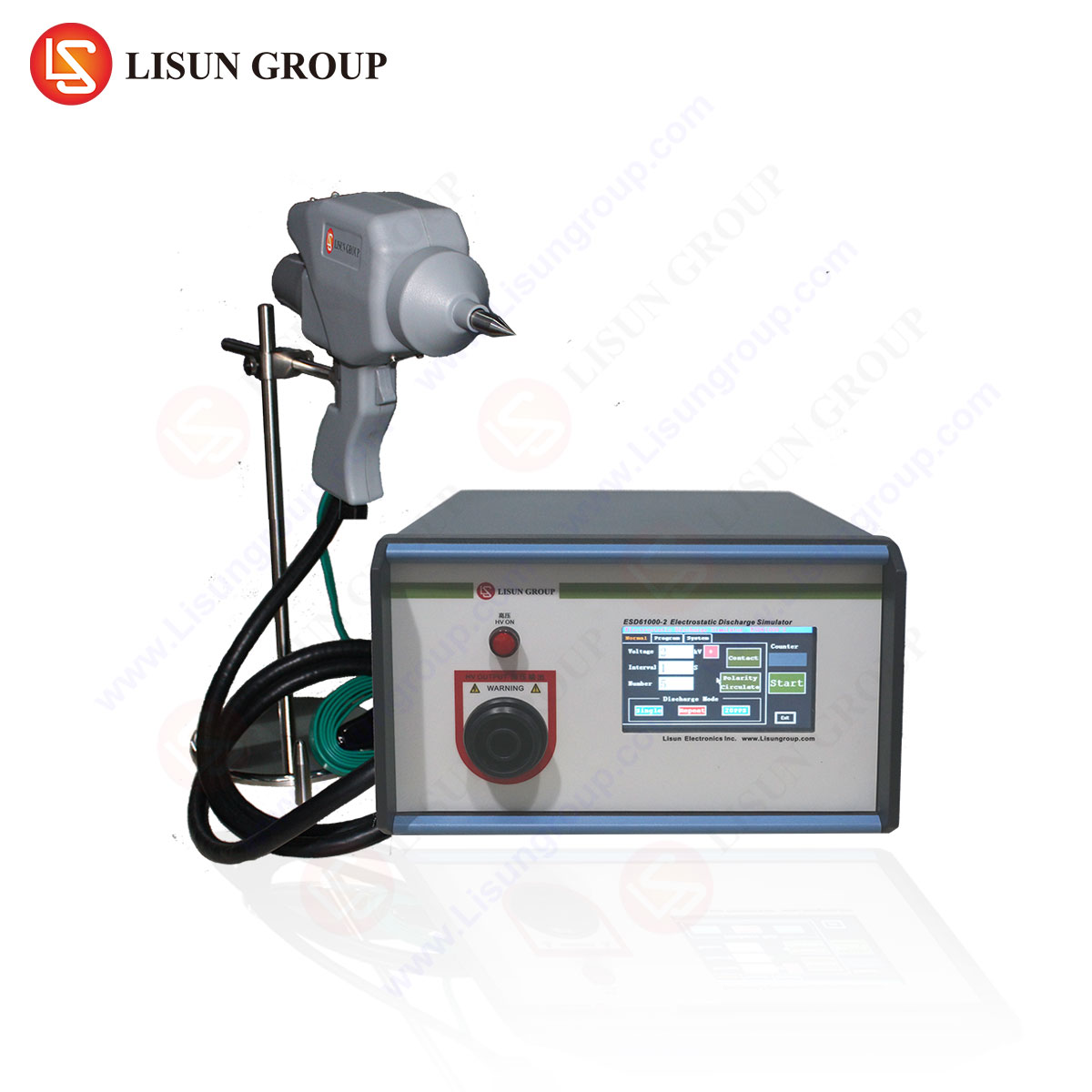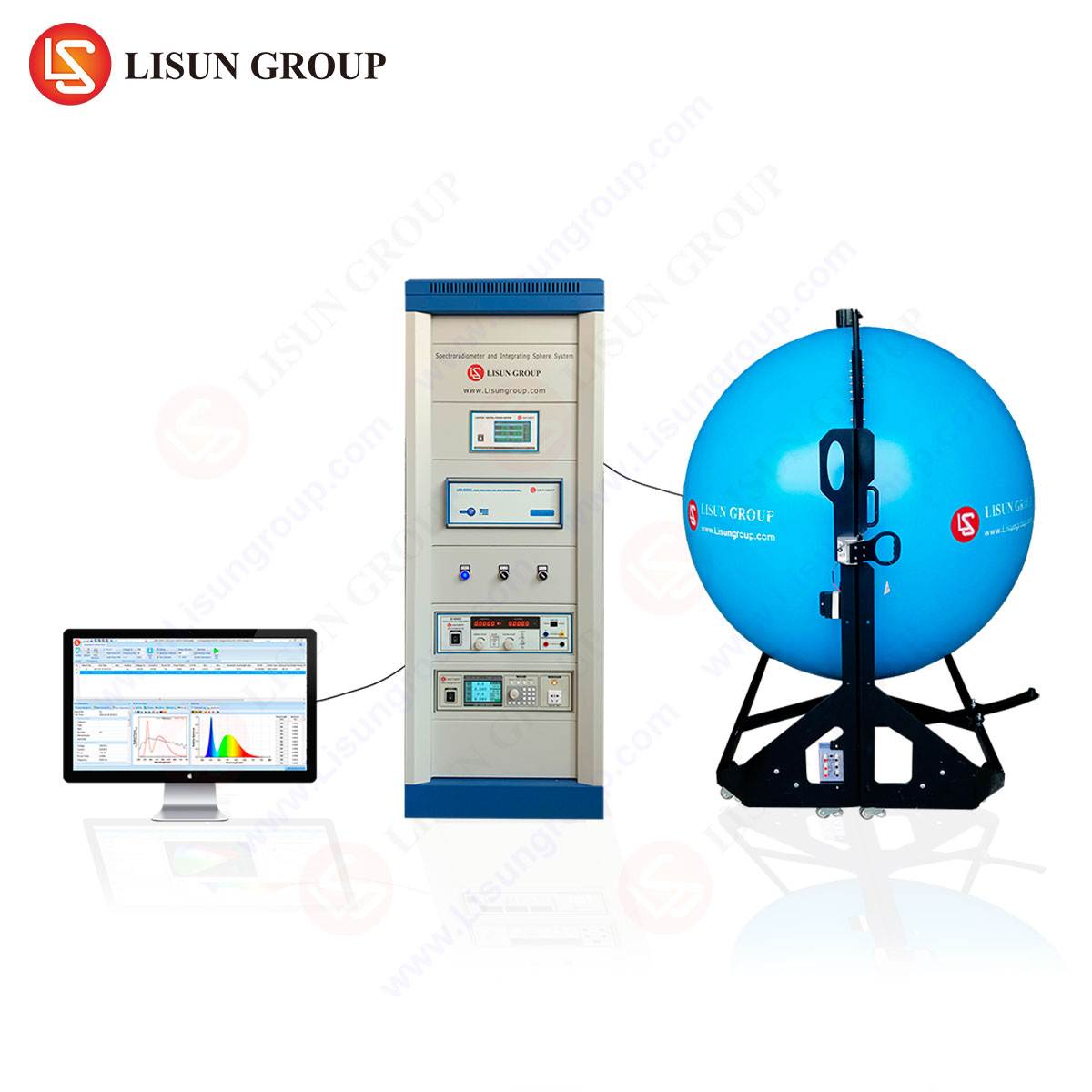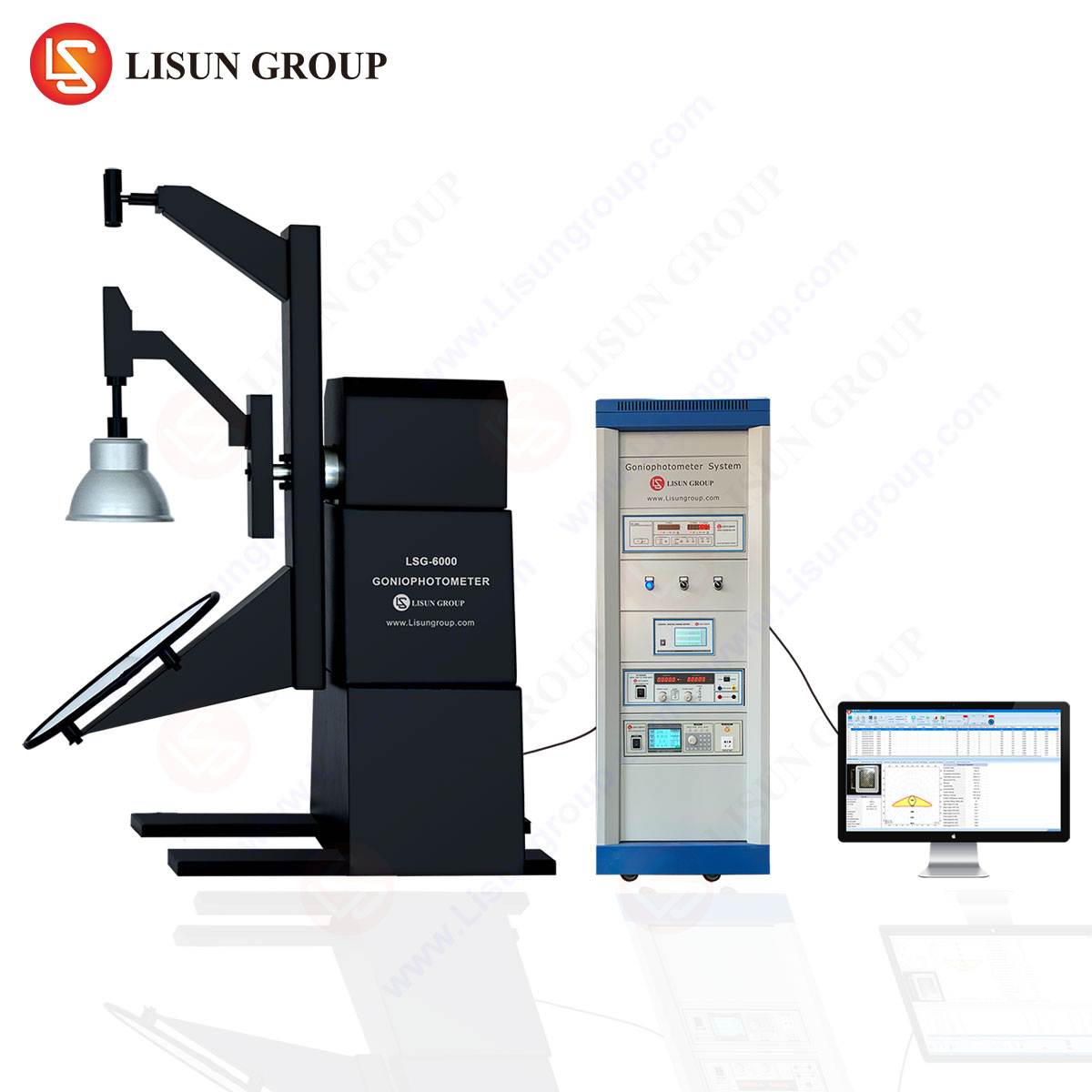A Comparative Analysis of Electrostatic Discharge Simulators: LISUN ESD61000-2 and NSG 437
Introduction to Electrostatic Discharge Testing Imperatives
The pervasive threat of Electrostatic Discharge (ESD) represents a fundamental challenge to the reliability and longevity of electronic systems across a vast spectrum of industries. From the robust control modules in industrial equipment to the sensitive analog front-ends in medical devices, the transient, high-voltage pulse of an ESD event can induce latent failures, functional interruptions, or catastrophic component damage. Consequently, standardized ESD testing is not merely a quality assurance step but a critical component of product validation, ensuring compliance with international electromagnetic compatibility (EMMC) standards such as the IEC 61000-4-2. This standard defines the test levels, waveforms, and methodologies for evaluating the immunity of electrical and electronic equipment to ESD from human operators.
Central to this compliance testing is the ESD simulator, a precision instrument designed to replicate the discharge phenomena. This article provides a detailed technical comparison between two prominent instruments in this field: the LISUN ESD61000-2 and the Thermo Fisher Scientific (formerly Teseq) NSG 437. The analysis will focus on their design philosophies, technical specifications, operational functionalities, and applicability across diverse industrial sectors, with a specific emphasis on the capabilities and competitive positioning of the LISUN ESD61000-2.
Architectural and Operational Principles of ESD Simulation
The core objective of any ESD simulator is to generate a discharge that accurately mimics the current waveform specified by standards like IEC 61000-4-2. This waveform is characterized by an extremely fast rise time (0.7–1 ns) and a specific current value at 30 ns and 60 ns. Both the LISUN ESD61000-2 and the NSG 437 achieve this through a high-voltage DC power supply, a bank of storage capacitors, and a system of discharge resistors, all controlled by a central unit.
The LISUN ESD61000-2 is engineered as a fully compliant system for IEC 61000-4-2, with extensions for other standards such as ISO 10605 for the automotive industry. Its architecture typically incorporates a main unit housing the high-voltage generation and control circuitry, connected to a dedicated discharge gun. A key feature of its design is the emphasis on user-programmable test parameters and automated test sequences, which enhance repeatability and testing efficiency. The system is designed to facilitate both contact discharge and air discharge methods, with robust safety interlocks to protect the operator and the equipment under test (EUT).
The NSG 437, a long-established instrument in the market, follows a similar architectural principle. It is known for its modular design, often comprising a central control unit (the NSG 435) and the ESD gun (the NSG 437). Its design prioritizes stability and a proven track record of reliability in laboratory environments. The user interface, while functional, may rely more on physical controls and a display, contrasting with the potentially more modern, software-driven interface found in newer LISUN models.
Technical Specifications and Performance Parameter Analysis
A granular comparison of key performance parameters reveals the distinct operational profiles of each simulator. The following table provides a direct comparison of critical specifications.
Table 1: Technical Specification Comparison
| Parameter | LISUN ESD61000-2 | NSG 437 |
| :— | :— | :— |
| Discharge Voltage Range | 0.1 – 30 kV (typical) | 0.1 – 16.5 kV / 0.1 – 30 kV (model dependent) |
| Test Modes | Contact Discharge, Air Discharge, External Trigger | Contact Discharge, Air Discharge |
| Discharge Network | 150 pF / 330 Ω (IEC 61000-4-2); User-selectable for other standards (e.g., 150 pF / 2kΩ for ISO 10605) | 150 pF / 330 Ω (IEC 61000-4-2); May require external modules for other networks |
| Polarity Switching | Positive, Negative, Automatic Alternation | Positive, Negative, Manual Switching |
| Operational Modes | Single, Repetitive (1 – 20 Hz), Programmable Sequence (Count & Interval) | Single, Repetitive (1 – 20 Hz) |
| Discharge Count Control | Programmable (1 – 9999) | Programmable (1 – 9999) |
| Interface & Control | Color Touchscreen, RS-232, USB, Ethernet (Remote Control & Software) | LCD Display, Physical Keypad, GPIB/RS-232 (on main unit) |
| Compliance Standards | IEC 61000-4-2, ISO 10605, EN 61000-4-2, GB/T 17626.2 | IEC 61000-4-2, EN 61000-4-2 |
The LISUN ESD61000-2 demonstrates a competitive edge in its versatile discharge network, which is often internally configurable. This is particularly advantageous for automotive (ISO 10605) and other industry-specific testing, where the Human Body Model (HBM) parameters may differ. The inclusion of automatic polarity alternation and more advanced programmable sequencing reduces operator intervention and potential for error during lengthy validation tests. Its modern communication interfaces (USB, Ethernet) facilitate seamless integration into automated test stands and data logging systems, which is critical for high-volume production testing in industries like household appliances and information technology equipment.
The NSG 437 is a robust performer within the strict confines of IEC 61000-4-2 testing. Its specifications are well-proven and sufficient for many compliance laboratories. However, its potentially more limited internal network configurability and older interface technology might necessitate additional equipment or manual adjustments for testing to non-IEC standards, impacting workflow efficiency.
Application-Specific Use Cases Across Industrial Sectors
The choice of an ESD simulator is often dictated by the specific requirements of the target industry. The flexibility of the LISUN ESD61000-2 makes it suitable for a broader range of applications.
-
Automotive Industry & Rail Transit: Components for engine control units (ECUs), infotainment systems, and sensors must withstand harsh ESD environments. The LISUN ESD61000-2’s built-in capability to switch to the ISO 10605 discharge network (150pF / 2kΩ) allows for direct testing of these components without requiring external modules, streamlining the validation process for Tier 1 and Tier 2 suppliers.
-
Medical Devices & Instrumentation: Devices such as patient monitors, infusion pumps, and diagnostic instrumentation contain highly sensitive analog and digital circuits. The programmable single-discharge and count function of the LISUN simulator is crucial for performing precise, repeatable tests on specific ports and user-accessible points, as mandated by standards like IEC 60601-1-2.
-
Household Appliances & Intelligent Equipment: Modern “smart” appliances with touch interfaces and wireless communication modules are susceptible to ESD from user interaction. The ability to run automated test sequences with the LISUN ESD61000-2, where the simulator applies hundreds of discharges at different points and polarities, is invaluable for ensuring product robustness during quality control.
-
Communication Transmission & Audio-Video Equipment: Base station modules, network switches, and high-end audio/video processors require testing to ensure that an ESD event does not cause a system reset or data corruption. The high-voltage range (up to 30kV) of the LISUN system ensures it can apply the most severe test levels specified by standards, simulating worst-case scenarios.
-
Industrial Equipment & Power Tools: These environments are prone to high levels of triboelectric charging. Testing the control panels and data ports of programmable logic controllers (PLCs) and variable frequency drives (VFDs) with a reliable air-discharge capability is essential. The ergonomic design and stable arc generation of the ESD gun are critical factors here, an area where modern designs like the LISUN gun are often optimized.
Operational Efficacy and Usability in Laboratory Environments
Beyond raw specifications, the day-to-day usability of an ESD simulator significantly impacts laboratory throughput and operator fatigue.
The LISUN ESD61000-2, with its color touchscreen interface, provides an intuitive platform for configuring complex tests. The clear display of set voltage, actual discharge voltage, and test status reduces the potential for misconfiguration. Features like automatic discharge after charging and programmable test sequences allow an operator to set up a test and focus on positioning the gun, rather than constantly interacting with the main unit. The remote control capability via Ethernet or USB is a significant advantage for automated systems used in the production line testing of electronic components or lighting fixtures.
The NSG 437 interface is functional and reliable but can be less intuitive, often requiring a steeper learning curve for new technicians. The reliance on a combination of keypad inputs and a character-based display can make navigating menus and verifying complex settings more time-consuming. While it is undoubtedly capable, its operational workflow may be less streamlined compared to a modern, software-centric approach.
Calibration and Long-Term Metrological Stability
Metrological traceability and calibration stability are non-negotiable for any test and measurement instrument. Both simulators require periodic calibration to ensure the generated current waveform conforms to the tolerances specified in IEC 61000-4-2. This calibration is performed using a specific target and a current transducer with a bandwidth exceeding 1 GHz.
The LISUN ESD61000-2 is designed with calibration in mind, often featuring simplified verification modes and clear system status indicators. The use of high-quality, stable components in its discharge network contributes to long-term waveform fidelity, minimizing drift between calibration cycles. This is critical for certification bodies and R&D labs where data integrity is paramount.
The NSG 437 has a long-standing reputation for metrological stability, a key reason for its widespread adoption. Its calibration procedures are well-documented and supported by a global service network. The primary consideration for users is the potential cost and lead time associated with maintaining an older, though highly respected, instrument.
Summary of Competitive Positioning and Selection Criteria
In summary, the LISUN ESD61000-2 positions itself as a modern, versatile, and feature-rich ESD simulator. Its competitive advantages lie in its:
- Enhanced Versatility: Internally configurable discharge networks for multiple international standards.
- Advanced Automation: Programmable test sequences and modern communication interfaces for seamless integration.
- User-Centric Design: An intuitive touchscreen interface and automated functions that reduce operator error and fatigue.
- Comprehensive Compliance: A high voltage range and robust design suitable for the most demanding test levels across industries from automotive to spacecraft.
The NSG 437 remains a competent and reliable simulator, particularly for laboratories whose work is exclusively dedicated to IEC 61000-4-2 testing. Its primary strengths are its proven reliability and established presence in the market.
The selection between the two ultimately depends on the specific requirements of the testing facility. For R&D centers, certification bodies, and high-volume manufacturers dealing with multiple product categories and standards, the flexibility and efficiency of the LISUN ESD61000-2 present a compelling value proposition. For labs with a singular, well-defined testing focus, the established performance of the NSG 437 may be sufficient.
Frequently Asked Questions (FAQ)
Q1: Why is the rise time of the ESD current waveform so critical, and how is it verified?
The sub-nanosecond rise time is critical because it determines the high-frequency spectral content of the discharge. A faster rise time generates higher frequency harmonics, which are more likely to couple capacitively or inductively into nearby circuits, causing upsets. Verification is done using a specialized current target and a oscilloscope with a bandwidth of at least 1 GHz (preferably 2-4 GHz) to capture the waveform and measure the 10%-90% rise time against the limits in the standard (0.7-1 ns for IEC 61000-4-2).
Q2: For testing a medical device with a plastic enclosure, should I use contact or air discharge?
The standard typically requires testing all user-accessible points. For conductive surfaces like metal connectors, contact discharge is used. For insulating surfaces like a plastic enclosure, air discharge is the prescribed method. The test involves charging the gun and approaching the EUT until an arc occurs. This simulates a user approaching the device with a charged finger.
Q3: What is the significance of the programmable test sequence feature in the LISUN ESD61000-2?
This feature allows the user to pre-program a series of discharges at different voltages, polarities, and with specific time intervals and counts. This is essential for running unsupervised immunity tests, such as those required for production sampling or long-term reliability validation of power equipment or instrumentation, ensuring consistent and repeatable application of the stress without manual intervention.
Q4: How does the Human Body Model (HBM) differ from the IEC 61000-4-2 model, and can one simulator test for both?
The HBM (typically 100pF / 1.5kΩ) is used for testing the ESD robustness of individual semiconductor components (per JEDEC standards), while the IEC model (150pF / 330Ω) is for finished equipment. The waveforms are different, simulating a discharge from a human body to a component versus to a grounded object, respectively. A versatile simulator like the LISUN ESD61000-2 can often be configured for both by allowing the user to select different RC networks, whereas more basic simulators may be limited to one.
Q5: When performing air discharge, what factors most affect the repeatability of the results?
Air discharge is inherently less repeatable than contact discharge. The key factors are the approach speed and angle of the discharge gun. To maximize repeatability, the standard specifies a “slow, steady approach” (typically 5-10 mm/s) until the discharge occurs. Using a robotic arm can significantly improve repeatability by eliminating human variability in the approach. The humidity and temperature of the test environment can also influence the breakdown voltage of the air gap.







